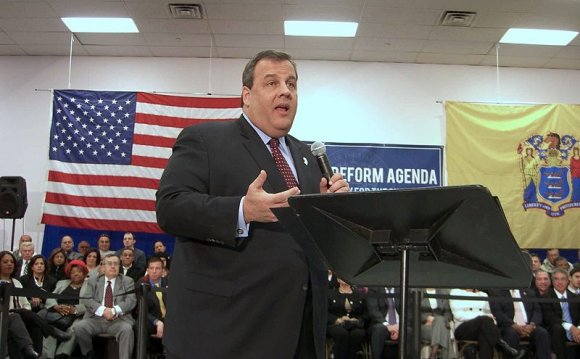

Charles Elwood Yeager was born in 1923 in Myra, West Virginia and grew up in the nearby village of Hamlin. Immediately upon graduation from high school he enlisted in the United States Army Air Corps to serve in World War II.
After the war, Yeager continued to serve the newly constituted United States Air Force as a flight instructor and test pilot. In 1947, he was assigned to test the rocket-powered X-1 fighter plane. At the time, no one knew if a fixed-wing aircraft could fly faster than sound, or if a human pilot could survive the experience. Chuck Yeager broke the sound barrier on October 14, 1947, only days after cracking several ribs in a horseback riding accident. In 1952, he set a new air speed record of 1650 mph, more than twice the speed of sound. He flew test flights in Korea, and commanded a fighter squadron in Europe.
In 1963, Yeager was flying the experimental Lockheed Starfighter at over twice the speed of sound when the engine shut off and he was forced to abandon the spinning aircraft. Yeager's compression suit was set on fire by the burning debris from the ejector seat, which became entangled in his parachute. He survived the fall, but required extensive skin grafts for his burns.
In 1968, Yeager was promoted to brigadier general. He is one of a very few who have risen from enlisted man to general in the Air Force. In 1970, General Yeager served as U.S. Defense Representative to Pakistan and supervised Pakistan's air defense in its war with India. He retired from the Air Force in 1975, but continued to serve as a consulting test pilot for many years.
In 1976, Chuck Yeager was awarded the Congressional Gold Medal, presented to him by President Gerald Ford. President Ronald Reagan later honored him with the Presidential Medal of Freedom. These are the highest honors the nation bestows for outstanding service or achievement. General Yeager's other decorations include the Purple Heart, the Bronze Star with V device, the Air Force Commendation medal, the Silver Star with oak leaf cluster, the Legion of Merit with oak leaf cluster, the Distinguished Service Medal, the Distinguished Flying Cross with two clusters, and the Air Medal with ten clusters. His civilian awards include the Harmon International Trophy (1954) and the Collier and Mackay Trophies (1948). He was the first and the youngest military pilot to be inducted into the Aviation Hall of Fame (1973).









